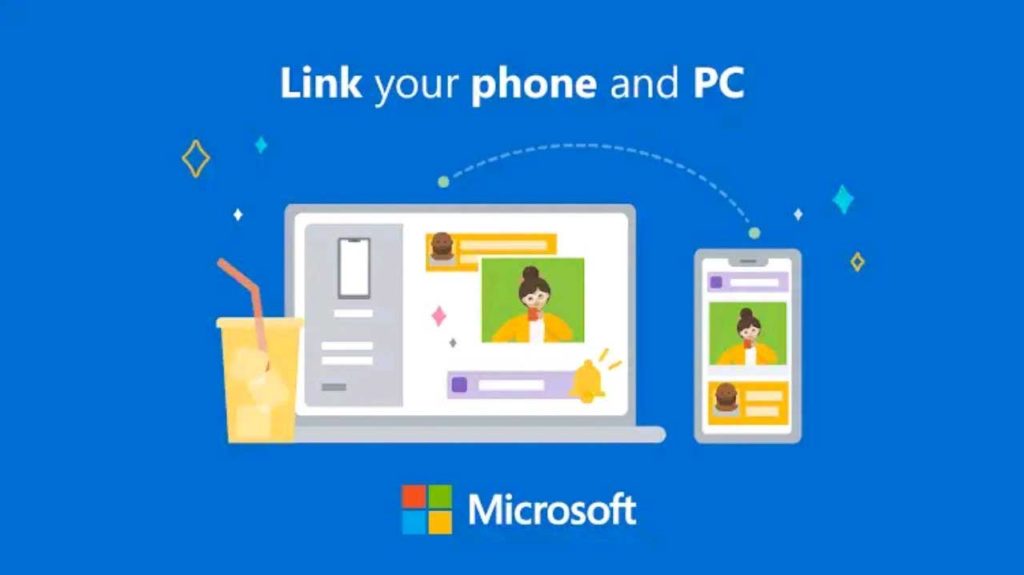To many users, windows 7 has been the best Microsoft Os and millions still uses it until now even after the release of the unpopular windows 8, redesigned 8.1 and the release of many versions of windows 10. But alas! The beloved windows 7 will be laid to rest by Microsoft on 14th of January 2020.
Windows 7 got a five years extended support in 2015 upon the release of windows 10, and this will elapse in January of next year.
What this Means
The ending of the support means that, after that date, the tech giant, Microsoft, will no longer release free security updates, bug fixes and new functionalities for the operating system which is still widely used by people. The consequence of this is that, a significant number of users may be left more susceptible to malware attacks. However, the end of free support does not mean the end of Windows 7 support for everyone. Big business and enterprise customers are given due consideration. As always, Microsoft does make exceptions for certain companies if they are willing to pay a lot of money to continue their support.
Still Used by Millions
In 2009, Windows 7 was released and 9 years after, according to December 2018 stats from Netmarketshare, the OS is currently running on about 37 percent of the world’s PC combined, which is far ahead of its unpopular successor Windows 8 and 8.1 combined.
There are still millions of windows 7 users around the world including big businesses and Enterprises who sadly have no idea about the countdown to the end of Windows 7 support. According to a report from Kollectivetitled “Death of windows 7” as many as 43% of enterprises are still running the nine-year-old operating system, of which 17% didn’t know when Microsoft’s end of support deadline hit.
Why End the Support
One major reason is advancements in technology and design. Since January 2015, Microsoft has started a gradual withdrawal from Windows 7 when Microsoft stopped the windows 7 mainstream support to promote the newly released windows 10 which was deemed to be better than 7.
The company said “For Windows 7 to run on any modern silicon, device drivers and firmware need to emulate Windows 7’s expectations for interrupt processing, bus support, and power states- which is challenging for WiFi, graphics, security, and more”. They further added that “The lifecycle begins when a product is released and ends when it’s no longer supported. Knowing key dates in this lifecycle helps you make informed decisions about when to update, upgrade or make other changes to your software.”
In addition to ending support for windows 7, Microsoft will also end support for MS Office 2010, Windows Server 2008/2008 R2, SQL Server 2008/2008 R2, Exchange 2010 and Windows Embedded 7 in 2020.
As for Windows 8, the operating system’s extended support is set to end on January 10, 2023.
What you Should do if you are Affected
As said earlier millions around the world still uses windows 7, so if you and/or your business are still running Windows 7, this is an early reminder, you still have one year left to upgrade to the latest operating system.
For Government agencies and big businesses and enterprises, they can still pay for expensive extended support to continue receiving security updates and patches from the Microsoft if they need more than a year to migrate to the newer version.
However, for a regular user, it is advisable the you upgrade your operating system to Windows 10 or a Linux distribution, rather than running an unpatched and unsupported OS which makes you susceptible to molested and attacks.
Let others know about this, click the social icon below to share.




Nice write up. I like your use of simple English words and I must say it’s informative. Good job.
Thank you for stopping by. The aim here at TechIndulge is to make tech more simpler and easier to understand for everyone. Thank you once again and I’m glad you found it informative.